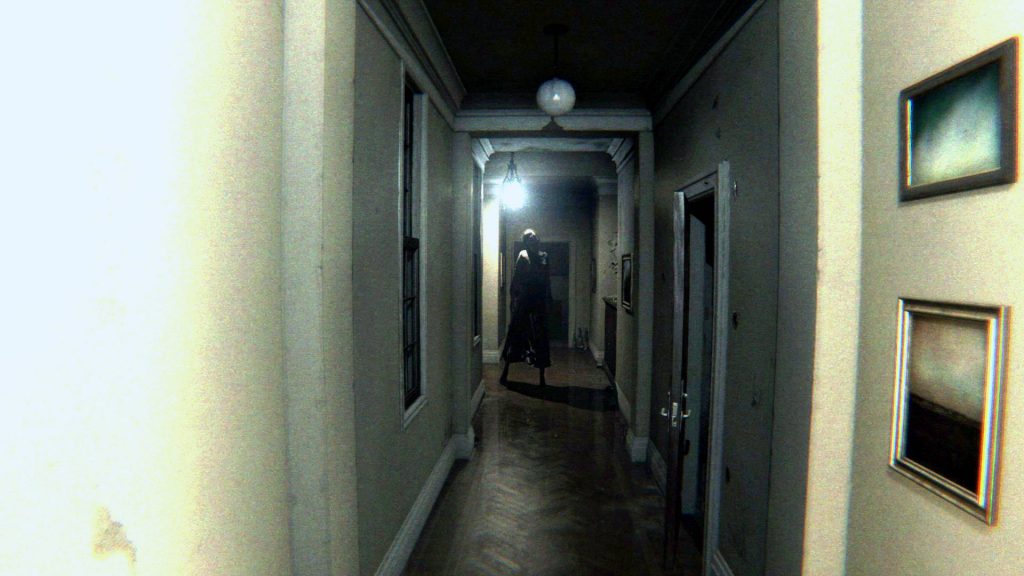I’ve always been a big fan of horror fiction in any medium and videogames are no exception, my love of horror games going back to the days of the original Resident Evil on PlayStation, not to mention some horror-themed games that preceded it, such as the Splatterhouse series. And although I’ve played a number of great horror games over the years, up until a few weeks ago the last horror game that really inspired any genuine dread and tension within me was the fantastic – and criminally underrated – ZombiU on Wii U.
Then I bought a PlayStation 4 and played P.T., and I was just as surprised as anyone to discover that this small teaser of a game (“P.T.” standing for “Playable Teaser”) would turn out to be one of the greatest horror games I’ve ever played, despite its brevity and the fact that it all takes place inside a single L-shaped hallway. After playing it, I can only assume that an “L” shape was chosen as a clue for players to “Leave the light on while playing or you’ll shit yourself.”
Released as a free download on PS4 in August 2014, P.T. was originally announced as a demo for a brand-new horror game being created by developer 7780s Studio. But this turned out to be smoke and mirrors: 7780s Studio doesn’t exist, and completion of the game unlocked a trailer revealing that P.T. is actually a teaser for a new game in Konami’s long-running Silent Hill series, with game designer Hideo Kojima and film director Guillermo del Toro collaborating on its development. The whole thing shouldn’t be all that surprising given that Kojima, creator of the Metal Gear Solid series, has long been known for his own brand of mischievous subterfuge when it comes to game development and teasing fans of his work.
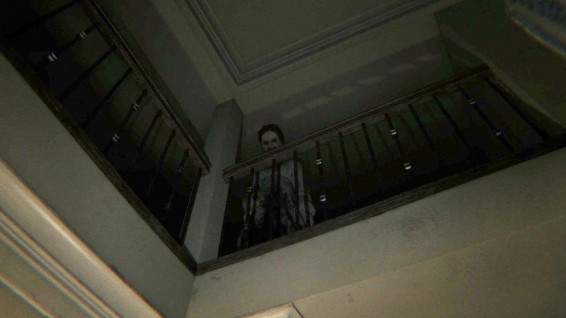
P.T. utilises a first-person camera and casts you as an unnamed protagonist trapped in an L-shaped interior hallway (with an adjoining bathroom) that repeats over and over: exit through the door at the far end and you’ll once again enter the hallway through the door by which you came in. This reality-bending nightmare of a situation is made so much worse by the fact that this hallway happens to be haunted by a malicious ghost apparently named “Lisa” (no doubt a nod to Silent Hill’s Lisa Garland), a terrifying figure who may well be behind your predicament. The objective of P.T. is to discover how to break free from the cycle of repetition – and Lisa’s rotting clutches – and finally leave the hallway.
One of the first things I noticed about P.T. was that it looks incredible, the graphics – created in Kojima Productions’ Fox Engine – being amazingly detailed and realistic. When I entered the hallway for the first time and looked along the length of the first section, I didn’t even need to squint to think that it appeared almost photorealistic, thanks to not just the general level of detail but also the excellent lighting. In fact, the setting of P.T. is so graphically impressive that it won my famed and coveted “Best-Looking Hallway In A Videogame” award for 2014. And it was a great year for impressive-looking hallways, let me tell you.
As well as the visuals, the game also excels in terms of its sound design, which contributes greatly to the atmosphere and overall experience, whether it’s the sound of a wailing baby, Lisa’s distorted groaning, a voice coming over the radio, the alarm clock chiming at midnight, or the creaking of a rope by which something hangs from the ceiling. And just as effective is the way in which P.T. doesn’t use sound – sometimes there will be nothing but an oppressive, dreadful silence hanging in the air, which can often be more tense and unsettling than any noise.
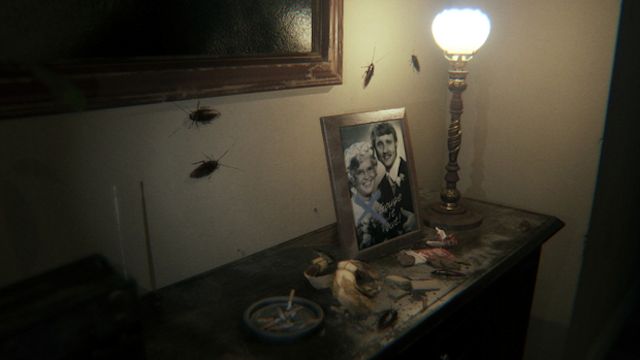
The game offers no combat options and barely anything in the way of other forms of interaction, your character being able to walk, look around, zoom in with R3, interact with a particular object by pressing X, and that’s it. To progress through the cycle of repetition, you have to solve a number of puzzles that crop up in the hallway, although some of these are extremely obscure and lead to many a “How the hell was I supposed to know that?” moment, the final sequence of requirements in particular being incredibly random.
To be fair, though, P.T. was obviously designed with our current internet age in mind: Kojima would have known that players all over the world would share their discoveries online and discuss the methods by which you could progress in the game, so the majority of obscure puzzle solutions were never going to remain so for long.
P.T. also contains a number of seemingly random elements outside of actual game progression and these help to keep the player on edge while also keeping them guessing as to the secrets behind the game’s unpredictable and mysterious nature: Why did this just happen when it didn’t last time? Did I do something right or wrong? Was that thing like that the last time I saw it or has something changed? 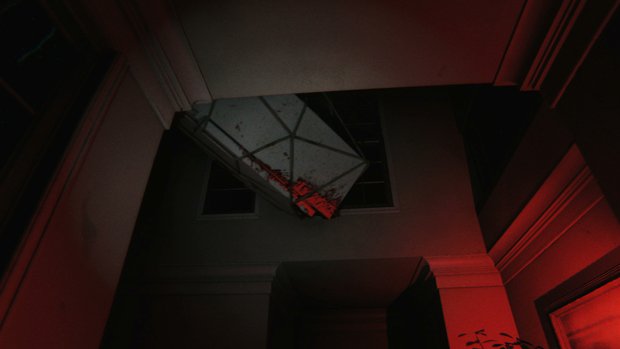
For example, during one stroll through the hallway, the beam of my torch changed to a yellow colour, but when I passed through the door at the end of the hallway and onto the next loop, the colour changed back to normal. I have no idea why this happened but I love having this random element to the game as it not only suits the horror genre perfectly but it’s also welcome in this day and age when some developers and publishers take a condescending, handholding approach to game design in which everything is laid out as simply as possible.
As for the actual horror content of P.T., as I said above, this teaser is honestly one of the best horror experiences I’ve ever had in a videogame, and that’s saying something. The game isn’t above including a few jump-scares, and while such scares are often lazy and overused in some horror games, P.T. uses them sparingly and implements them extremely well. For me, the best one happened when I was watching Lisa, the two of us stood at opposite ends of a section of hallway, and suddenly she flew at me at incredible speed, leading to some colourful cursing from me. You got me, Kojima. You got me good.
But such jump-scares are just the terrifying icing on top of a cake baked of nightmares, as where P.T. really excels in the horror department is in the thing so integral to a truly great horror experience: atmosphere. By now you could be forgiven for thinking that P.T. sounds like a very basic and limited experience, and in terms of pure gameplay, this would be a fair comment, but the bottom line is that the game does so much with so little. For such an overtly minimalist experience, it’s an incredibly effective one, and the game’s oppressive and sinister atmosphere – one in which you never really feel safe – plays a huge part in this.
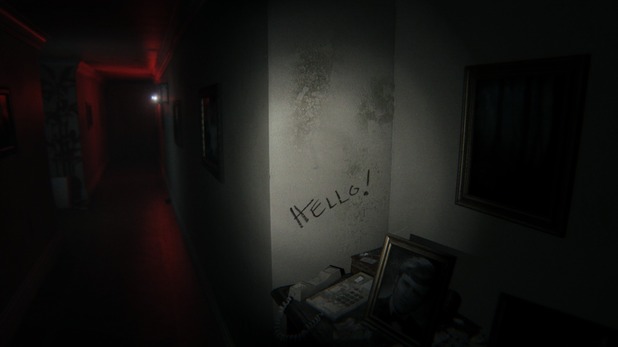
I’ve seen some people being pessimistic online (negativity on the internet, I know, I was just as shocked as you) about what P.T. might mean for the upcoming Silent Hill game for which it acts as a teaser, arguing that the final game better not be filled with obscure puzzles, that a Silent Hill game featuring a first-person camera is a terrible idea, etc. (Given the involvement of actor Norman Reedus, I’d say it’s doubtful that the new game will be in first-person, and besides, Silent Hill 4: The Room already used a first-person camera at times).
Personally, I think it’s just as easy to say that the final game actually has a lot to live up to after the massive impact that P.T.’s focused and intense slice of horror has had. For example, assuming that the upcoming Silent Hill game will feature combat of some kind, will its inclusion seem crude and conventional compared to the “pure horror” experience of P.T. and the feeling of vulnerability that the latter so expertly instils in the player?
Either way, the Silent Hill series is stuck in a rut and needs new life breathed into it, it really does, and this is coming from someone who has loved the series since playing the original game upon its release in 1999, who thinks Silent Hill 2 is one of the greatest videogames ever made, and who enjoyed parts of some of the more recent – and often criticised – titles such as Silent Hill: Homecoming and Silent Hill: Downpour.
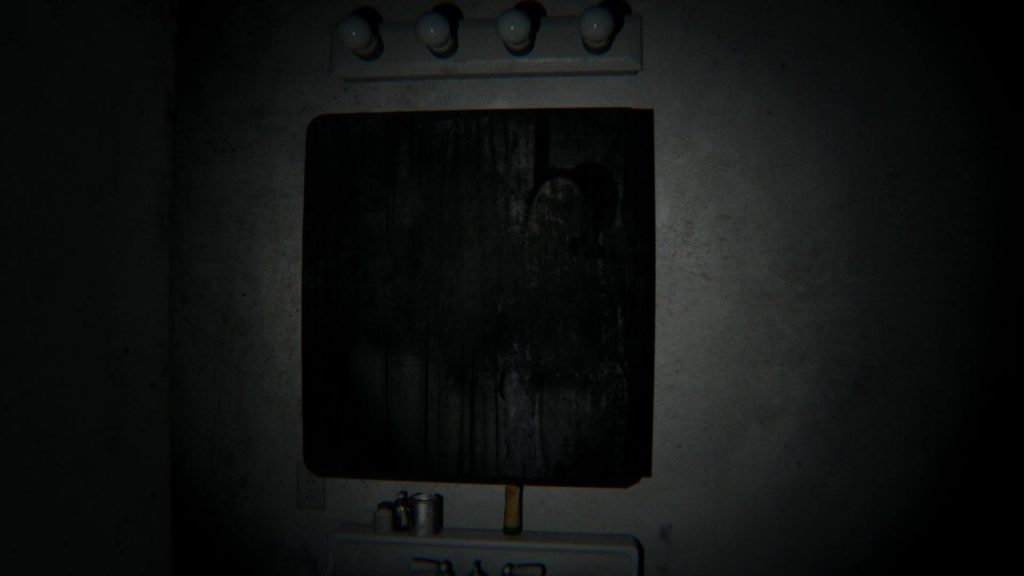
Judging by what it offers, the direction taken by P.T. could be just the fresh injection of life (or horrifying un-life) that the Silent Hill series sorely needs. Because P.T. does psychological horror in brilliant fashion, and psychological horror is what the Silent Hill games once excelled at and were renowned for. If Kojima and his collaborators on Silent Hills can restore the series to its former glory by being respectful of its roots but also implementing new and exciting ideas then I’m all for it.
However Silent Hills turns out, the brilliantly crafted experience offered by P.T. can only mean good things for the horror genre as a whole, coming as it does during the resurgence that the genre is currently enjoying on consoles, as perhaps more developers will be inspired to create effective and nuanced psychological horror experiences of their own.
If you own a PS4 and have yet to experience P.T. then you have no excuse – it’s free, so download it and play it. At night. In the dark. With the volume nice and loud. Don’t keep Lisa waiting.
Emily Medlock is an avid gamer whose passions not only include video games of all kinds, but anime, music, movies, and reading.

